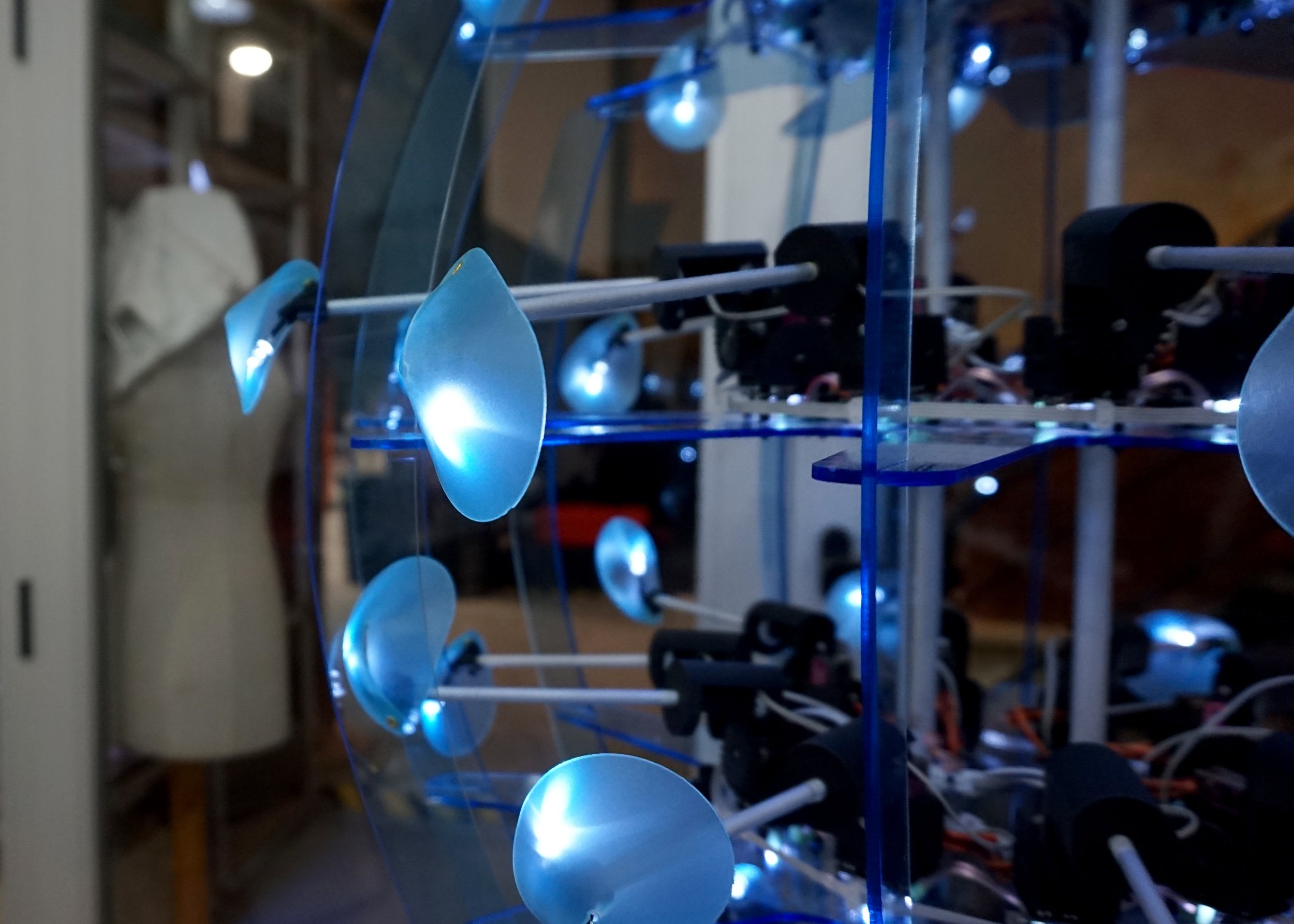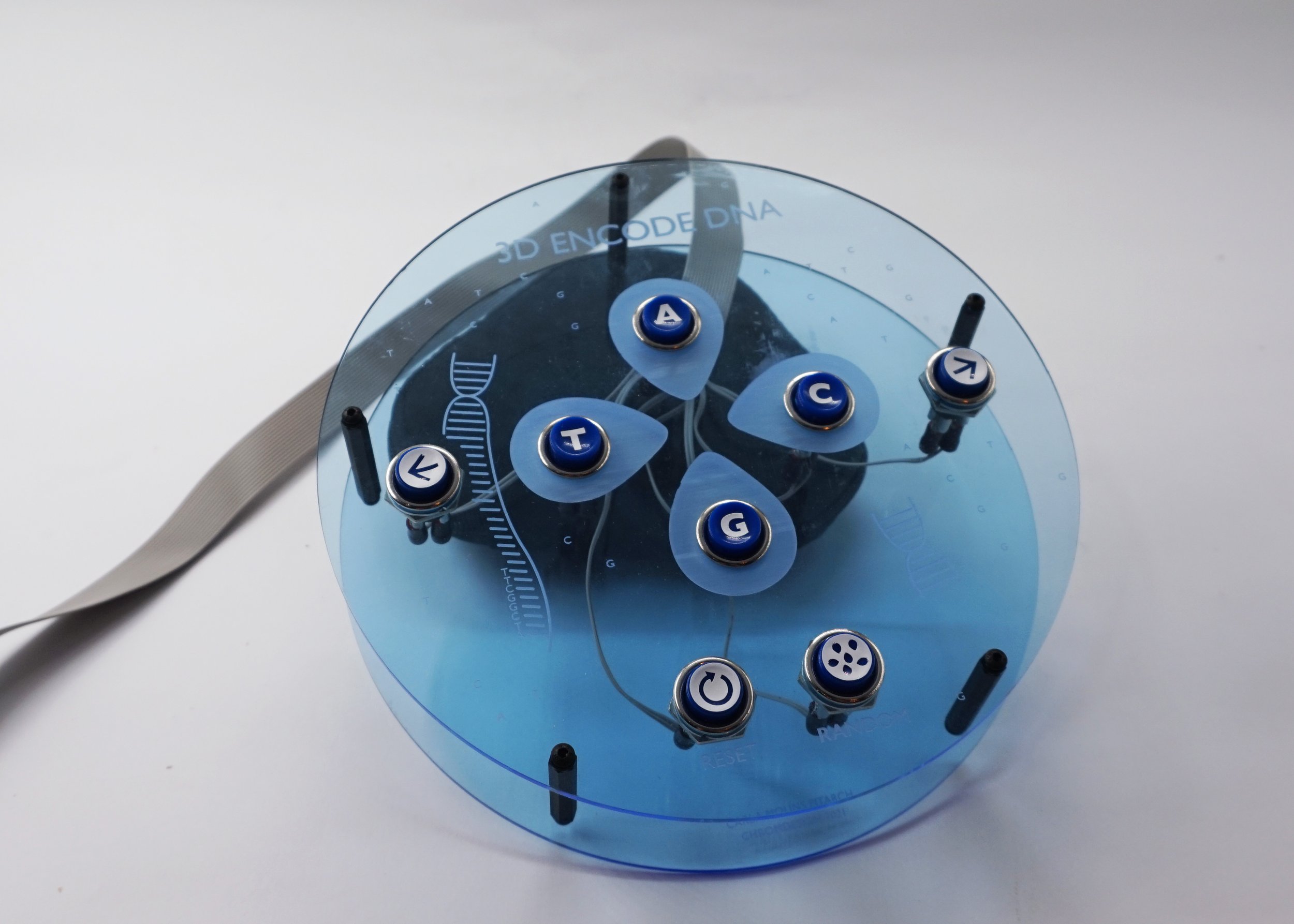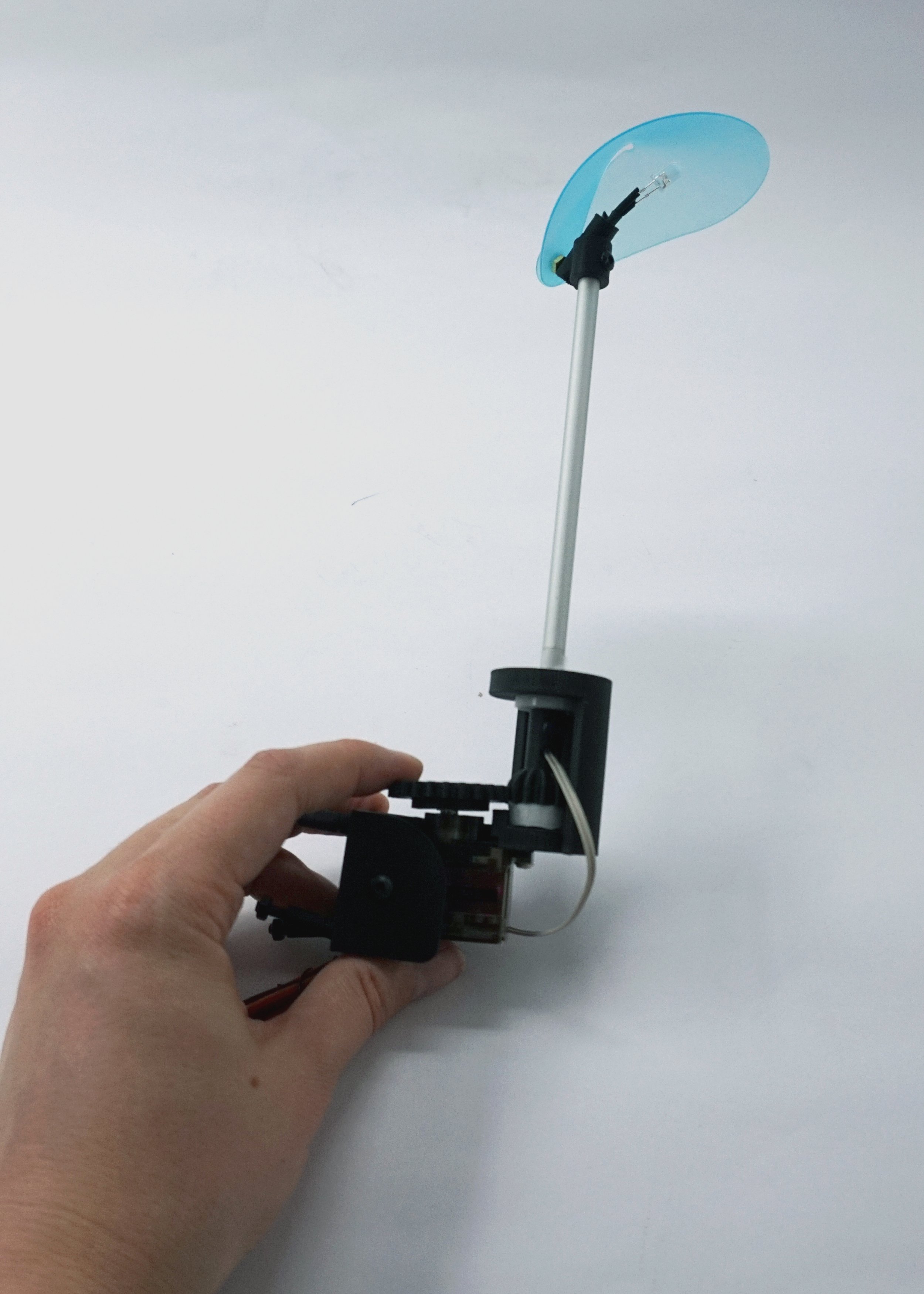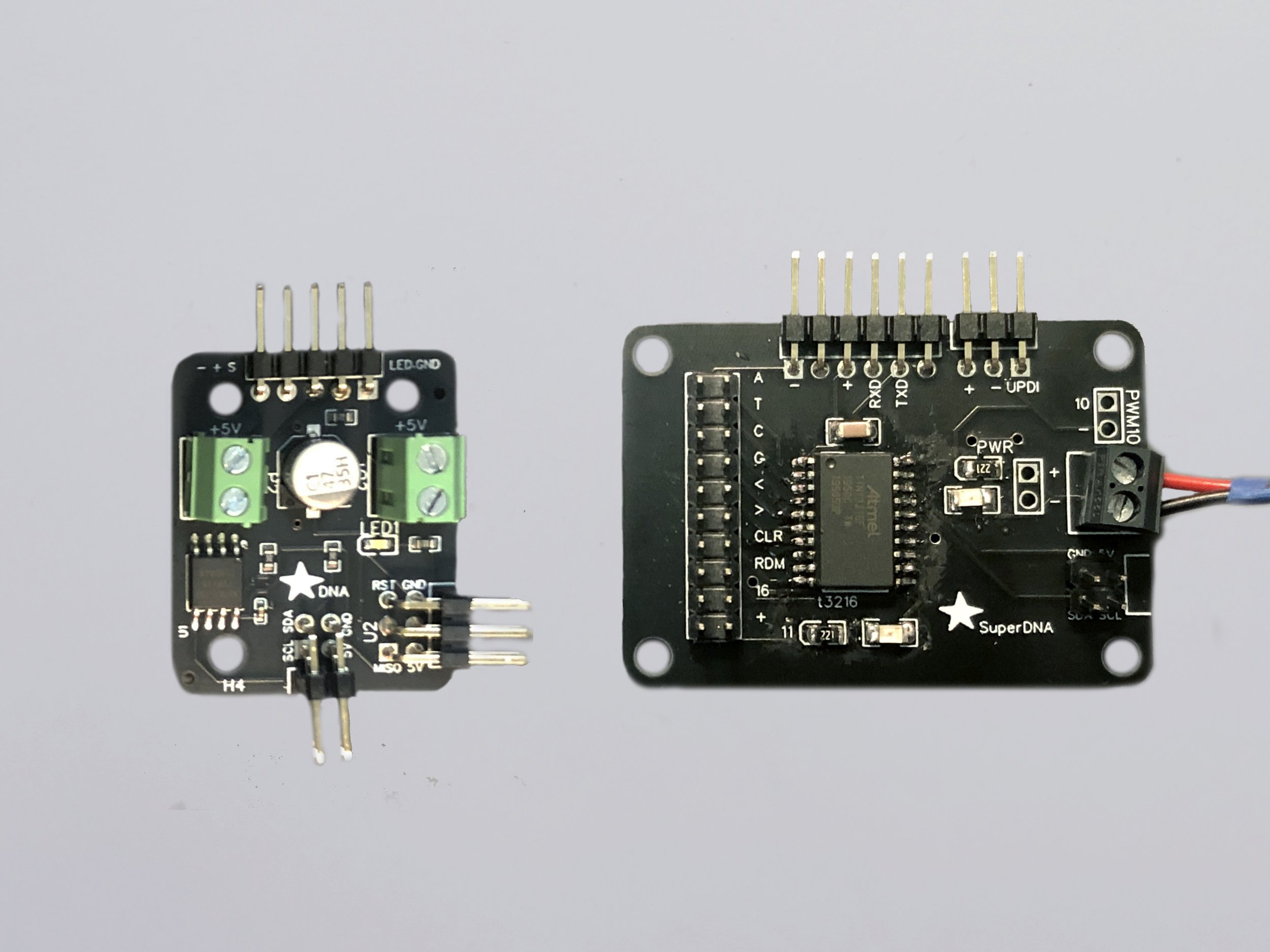
3D ENCODE DNA | BRINGING GENETIC CODE TO THE PHYSICAL WORLD
by Carla Molins-Pitarch
Our organism is a fascinating high-tech machine at multiple levels, layers, and scales. There are so many parts working tirelessly to make your body work, fix bugs, and constantly update.
Those pieces are so tiny that we might not be aware of their nature most of the time. The nature of micro scales still has many unknowns caused by the lack of resolution to see at these levels beyond statistical simulations. As technology evolves, we're able to discover the wonders of the tiny new worlds by observing new unexpected or long-awaited layers.
Nevertheless, what happens at a nanometer scale? Can we even grasp the idea of a component that replicates, repairs, and expresses at a billion times smaller scale than a meter? Let's focus on one specific component, which is the molecule of Life. Our DNA, which inhabits the nucleus of each of our cells, is two meters long, and it fits inside 5-10 nanometers tiny space. How does that work? Researchers are still studying how the DNA folds and unfolds inside the cell, but what's for sure is that everything that happens inside the cell is happening in a tridimensional space. There is often a disconnect between the idea of the DNA as a sequence of letters (A-T-C-G), the arch-known DNA spiral, and how the whole genome conforms inside the cell.
The complexity of the tridimensional genome has much information to unpack. Bridging some of this information with a tangible object and interface can ease this process. How can an interactive and tangible instance of scientific complexity support this quest? The proposed answer is by codifying the genome in a phygital space and allowing an active interface for the audience with total agency among the genetic code. When bringing the genome into a phygital space, the possibilities are endless as actual sequencing data can be combined with people's intervention, bringing understanding, playfulness, and wonder to another level.
3D encode DNA offers the opportunity to control a phygital mechanism that will codify the physical space for the DNA letters (DNA bases) in a tangible and mesmerizing experience.
This piece is developed within a research network of molecular biologists, ChromDesign, closely working with CRG (Center for Genomic Regulation) and CNAG (National Center for Genomic Analysis).
REFERENCES:
http://fabacademy.org/2021/labs/barcelona/students/carla-molins/week0-final-project/
Carla Molins-Pitarch
Carla Molins Pitarch is a creative technologist and educator working in the intersection of design, art, technology, and biology to bring a tangible instance to complex scientific concepts. At this moment, my domains are molecular and cell biology, thanks to my participation in a European research project called ChromDesign. Currently, Marie Curie fellow researcher at ELISAVA ( ChromDesign project), Barcelona School of Design & Engineering; doctoral researcher (GRECC & OCC) in science communication at Pompeu Fabra University (Spain); Design & Technology MFA '19 Parsons, The New School (USA). My practice has been centered on visualizing complex scientific concepts through haptic and interactive experiences.
Contact info
twitter: @carla_molins

3D Encode DNA lighted up kinetic structure

3D Encode DNA user interface including arrows for navigation, DNA bases, and a randomizer.

3D Encode DNA detail of mobile nodes in rotation.

3D Encode Dna node. Each node encodes one DNA letter.

3D Encode boards, SuperDNA as the main controller, and 50x DNA for the letters.

